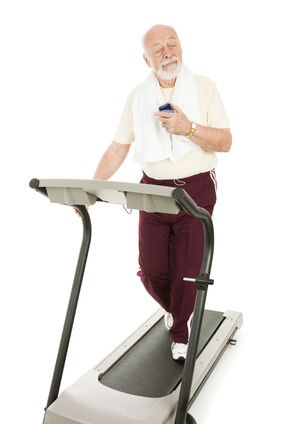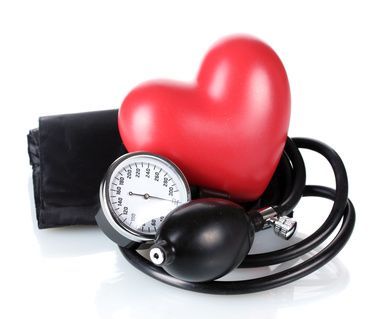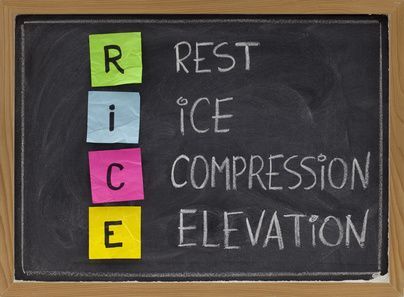High blood pressure, also known as hypertension, is a serious health concern, especially when exercise takes a back seat and calorie-rich foods are plentiful. Many of us know the importance of managing high blood pressure, but did you know that exercise plays a crucial role?
Being physically active not only helps control your blood pressure but also aids in weight management and strengthens both the heart and lungs. A healthy weight, a strong heart, and overall well-being contribute positively to blood pressure control.
 The type of exercise you engage in, particularly its intensity (how hard you exercise) and frequency (how often you exercise), is essential.
The type of exercise you engage in, particularly its intensity (how hard you exercise) and frequency (how often you exercise), is essential.
Here’s the good news: you don’t need to do an excessive amount. Being moderately active, such as walking briskly, is beneficial if done regularly for a total of 30 minutes or more at least five days a week.
So, how can you determine what moderate intensity for physical activity feels like? Here’s a simple guide:
- If you can easily carry on a full conversation while exercising, you may not be working hard enough.
- If you can sing while exercising, your intensity is likely too low.
- If you become out of breath quickly or feel strained and need to stop to catch your breath, you are working too hard.
- If you can chat, but struggle to maintain a lengthy conversation, your intensity is likely just right.
By keeping these guidelines in mind, you can effectively manage your blood pressure through regular physical activity.

 For overall health benefits for your heart and lungs, be sure to participate in moderate aerobic exercise regularly. Here are some guidelines to exercise in a safe and effective range:
For overall health benefits for your heart and lungs, be sure to participate in moderate aerobic exercise regularly. Here are some guidelines to exercise in a safe and effective range: When trying to combat high blood pressure, consider following these seven strategies:
When trying to combat high blood pressure, consider following these seven strategies:








